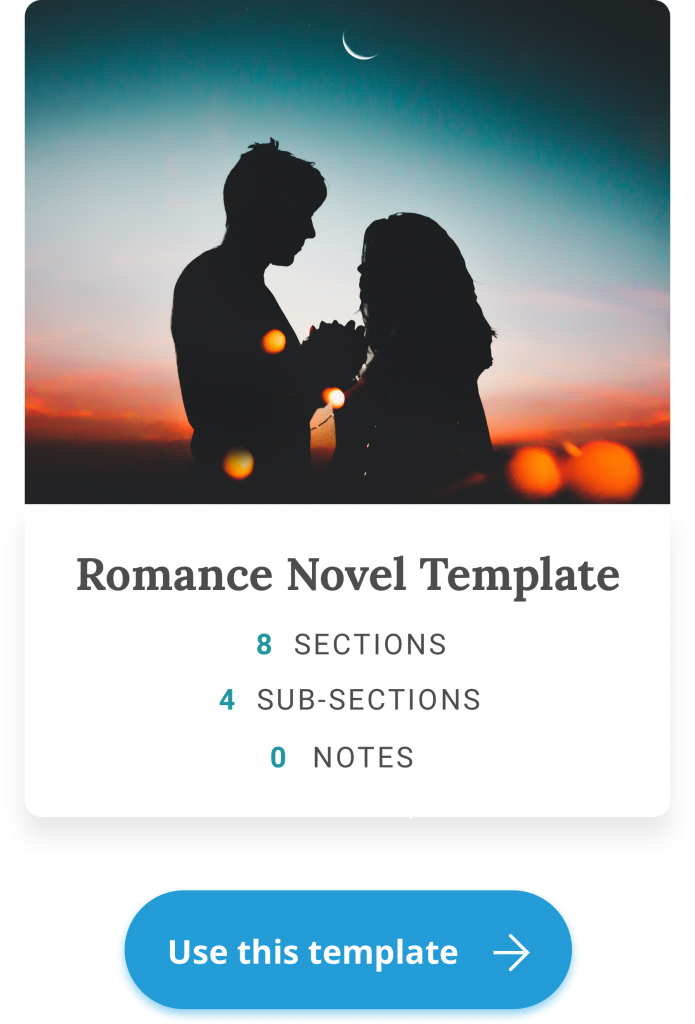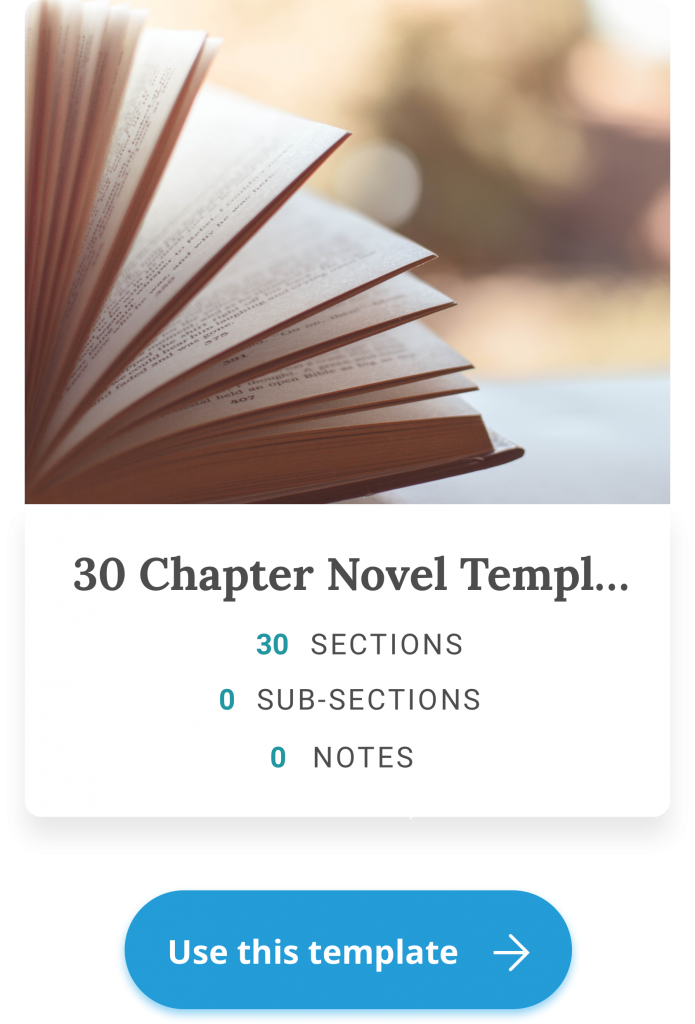It is not a punishable offense to begin your novel from page one and write to the final page without segmenting the book into chapters or even parts. If this is so, why then do novelists and writers of other books bother to create chapters? And how many chapters go in a novel?
The answer is not far from the scope of our understanding. As humans, we are fleshy machines with varying algorithms for assimilation, but there is something peculiar to all humans –the love for everything simplified and broken down. If you are wondering how many chapters in a novel is ideal, there isn’t a clear cut answer. Each story will be different, but a novel without chapters will look like clumps of words, lines running into lines, an endless labyrinth.
No author wants to unveil a book and have the readers give nothing but poor feedback concerning their experience. This is why novels are partitioned into chapters to enhance the reader experience. Chapters work like bridges that link several major scenes in your story. With this illustration, you can consider chapters as points of rest for the readers as well. This implies that at the end of every chapter, the reader is supposed to stop and digest what they have read. This depends on how compelling your chapter is.
Typically, chapters end in places where readers can sigh ‘Oh! Good so far’ or ‘Come on, I’ve got to finish this book!’
Whatever response you incite in their minds should not interfere with the flow and meaning of your story.
Since novels can rarely be finished in one single read, chapters encourage the readers to stay with you through the more pages to come.
How Many Chapters Should a Novel Have?
This can’t be determined by some set of standards or rules in writing. There are none binding the art of breaking your stories into chapters. You can decide not to have any chapter at all, though it can be tricky. You can also have as many chapters as you wish.
You solely determine the number of chapters in your book. Where do you feel a chapter should set in naturally? On average, most novels contain about a dozen chapters. But then, there are some that contain as many as 30-50 chapters. Some authors divide their story into parts –Part one, Part two, and so on– alongside the chapters. Again, this is to make the book, reader-friendly. Aside from that, the parts can be resting places for readers to resume reading from.
We can’t directly state the right amount of chapters to include when writing but we can provide you with different instances that can give you an insight into the perfect method.
The following factors should be considered before placing parts of your book as chapters.
• Where does the scene end?
It is a common and equally productive practice to begin a chapter when things are just beginning to unfold and end it when that scene is over. The reader will understand that the book is progressing and another scene with complex conflicts is about to begin, and they will gladly venture into it.
In the case of lengthy scenes, it is acceptable to split the scenes up and file them under two chapters.
• Are there shifting actions?
Writing from scene to scene seems like a regular convention in many books. The essence of writing is to tell a story in a way no one has done before. Therefore, you can disintegrate scenes to discover when an action or major conflict peaks and screams for resolution. You can bring an end to the chapter here and brew questions in the readers’ mind. Then, a lot goes on in their mind as regards what will happen next and how it will happen. The next chapter(s) can then bring answers to their questions.
However, don’t break a chapter in the middle of an action unless you want to change the character(s) point of view. Even when you do that, chapters won’t do. There will be a need for breaks within chapters to achieve this twist. Breaks are denoted by ellipses which is just a three-dotted line. Breaks can also take the form of asterisks. Whenever those appear in a book, it could mean the book is abridged or that the author has skipped a scene to capture something else. Breaks can also serve as resting places. It will be better to stop at the end of a chapter or a break if you decide your eyes need rest.
• Trust your instincts
In creating chapters, it is more than important to be open-minded. Listen to that inner voice that suggests when it is natural for you to introduce a chapter. This is the one true guide for creating chapters because the writer puts himself in the shoes of the readers to see what point will be safe enough to initiate a pause.
Use a Template to Guide You
If you’re truly unsure how many chapters your novel should have, consider using a book writing template to help you. While it’s true that each individual book will be different, each genre has its own set of guidelines and unspoken “rules.”
While a template won’t tell you exactly how many chapters your specific book needs, it’s guidance might give you a good idea based on your chosen genre.
Squibler‘s romance novel template is a good example:

It’s not broken down into individual chapters. But, once you work through each section with your specific story, you might have a better idea of how many chapters you’re looking at.
If you are looking for a chapter-by-chapter guide, Squibler also has a template that does this for you, with a standard 30 chapters:
While there is still plenty of room for your own creativity, this template will walk you through each of 30 chapters. It offers prompts and guides for each chapter that will keep your story on track.
The prompts it gives can be customized for any genre, so this template will apply no matter what type of book you’re writing.
When to Divide a Story into Chapters
Before you start writing any novel, a lot must have gone into outlining and planning, whether it is visual or just all in your head. When you are writing your first draft, forget about chapters and explore the sophistication of your creativity. Creating chapters when writing your first draft is illogical as the scenes and ideas you get will tend to become parts of other scenes or even be removed.
• Split your book along the completion of major scenes
What this means is; a chapter could contain major actions and end with the resolution of some conflicts in that scene.
• Split the book to create suspense
If there will need to keep your readers guessing what will come next, to dangle them slightly on a cliffhanger, unresolved conflict can also end a chapter. This will incite pressing questions and urge any reader to keep going if they are to unwrap your story entirely.
Think chapters once you have completed your draft. It will help to assign each chapter with a distinct purpose.
When to Divide the Story into Parts
Parts in a novel function a bit like chapters but do serve a different purpose. They are more like a section including different chapters. They are used in books with different time setting and location setting as well. Parts inform the readers that a major shift is about to take place. They can be named, like chapters, or simply called ‘Part one,’ ‘Part two’ and so on.
We have highlighted the important places to split your novel into parts below.
Different time
If there exists a relatively large period in-between setting, parts can come in handy. For example, part one could be set in the mid-1980s while part two takes place in 2007. You can have as many parts depending on the time frame but don’t abuse the usage. Parts shouldn’t be as much as chapters if your story is to have a rich set of meanings.
Only use parts if there is a leap from one year to another spanning many years in between. What I mean is; if in your story, an action set in 1978 suddenly needs to leap to 2000, and probably from 2000 to 2030, you can safely use parts. However, if there is a steady advancement in action during those years, classifying as chapters or just one part will be enough.
Different locations
Sometimes, writers set different scenes to kick off in different locations. If there are major locations, each bringing out some unique feature in the characters, the story can be split into parts. Part one could contain the story in one place while part two could be set in another location. If your story cuts across continents, segmenting your story into parts can be a nice idea.
However, if your character often journeys to and from the two major locations, there is absolutely no need for parts.
Different narrators
A story can be comprised of different narrative arcs. For instance, in the teen drama genre, a love story can be broken down into parts based on the viewpoints of the main characters. One of the characters’ story can make up the first part while the other makes up the second part.
However, if the narration changes often, there won’t be a need for splitting the story into parts. If you do this, you’ll have as many parts as chapters, and the main reason for using parts will be lost.
What to Include in Your Chapters
The action keeps readers engaged and tugs at their curiosity often. Consider beginning a chapter with an action; any other approach is good too. By action, I mean any activity that can whet the readers’ appetite. Overloading the beginning of a chapter with endless scenic descriptions can bore the readers and make them even give up on your book.
Chapters are like short stories making up the large novel. Attract your audience and make them attached to the actions in those chapters.
Chapters can be titled for more complexity. In most cases, the titled chapter gives you an overview of what to expect. In a few other cases, only the author understands why the title is used.
The Ideal Number of Chapters a Novel Should Contain
Again, you are at liberty to introduce 10 or even 200 chapters in your book if you so wish. No strict rules are guiding the breaking down of novels into chapters. There are no rules at all stipulating the rudimentary patterns of splitting a book into chapters. It is dependent on you, your instinct, writing style, and the pace you want to set for your readers.
It is even possible to scrap the idea of ‘chaptering’ totally and write your novel with scenes flowing swiftly into each other.
While you are free to use as many chapters in your book, the genre can impose a subtle limiting factor. In romance stories, for instance, breaking thoughts and stories often before they mature into units that hold useful meaning on their own could be very detrimental. You could destroy any chance your book has to do well in the market. You know good reviews of channel marketing traffic. Imagine what will happen if people give negative reviews about your book all because you staggered them around and through the book by creating too many chapters
Conclusion
Depending on what you want, you can add prologues and epilogues in your novel. A prologue is simply a few pages of writing introducing a scene that holds information for us to understand the contents of the main book. On the other hand, an epilogue is about 1-2 pages of writing also, but they are placed after the story is complete. Epilogues can be used to briefly state what is left of a character or a scene that is not mentioned in your book.
Whether you have a dozen chapters in your novel or more, the most important thing is to tell your story properly with all the necessary elements of fictional writing. Reader experience should be a major concern. Since language is a unanimous expression, writing in an ‘extremely-personal’ style that people can’t relate with will do you more harm than good. Yes, it is acceptable to use any method. It is also wonderful to break out of the ordinary and create a new thrill. However, take serious precautions before trying such and make sure the thrills are relatable to be at least accepted by the readers.
If you’ve decided to write that unique fantasy thriller, teen drama or otherwise, put out your best foot and give it your all. Don’t get discouraged if your thoughts seem to hang in suspended fog suddenly. With an outline in place, you can get new ideas and write with ease. Only think about creating chapters when you’re done writing your first draft. So at the start, write and write, forget about splitting into chapters for now. By the time you are done with the draft, you will most likely get a feel of where the natural pauses should exist.



![How to Write a Fantasy Novel that Gets Read in 8 Steps [+Template]](/learn/wp-content/uploads/2021/12/How-to-Write-a-Fantasy-Novel-that-Gets-Read-in-8-Steps1.jpg)









